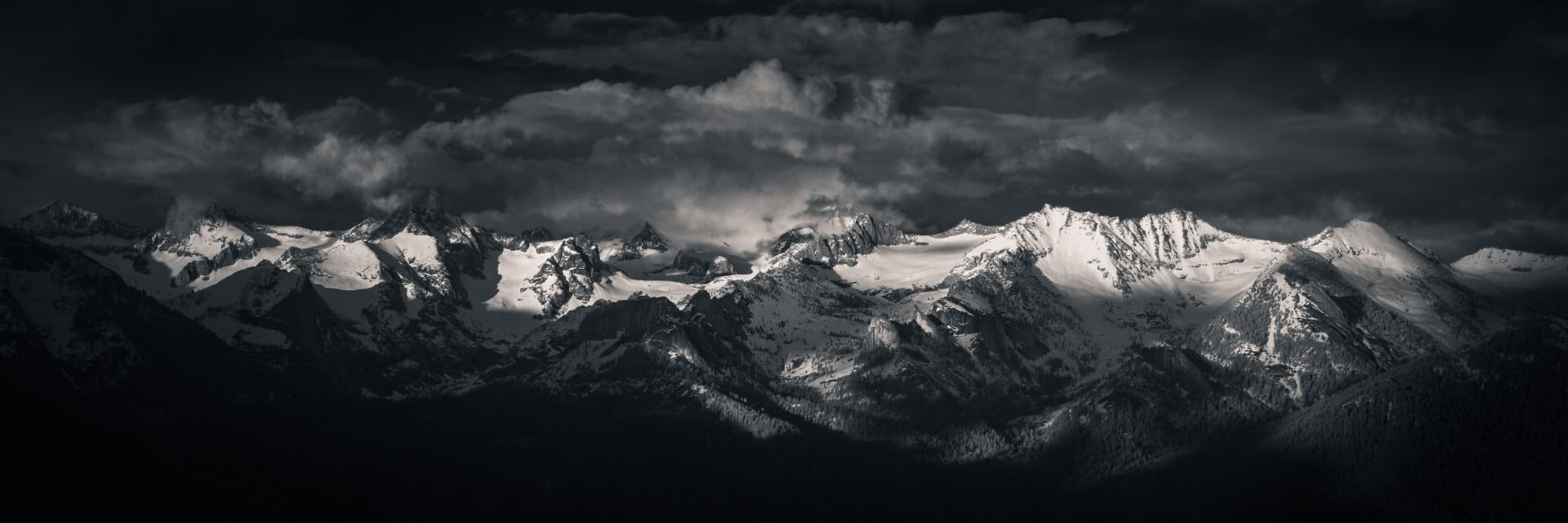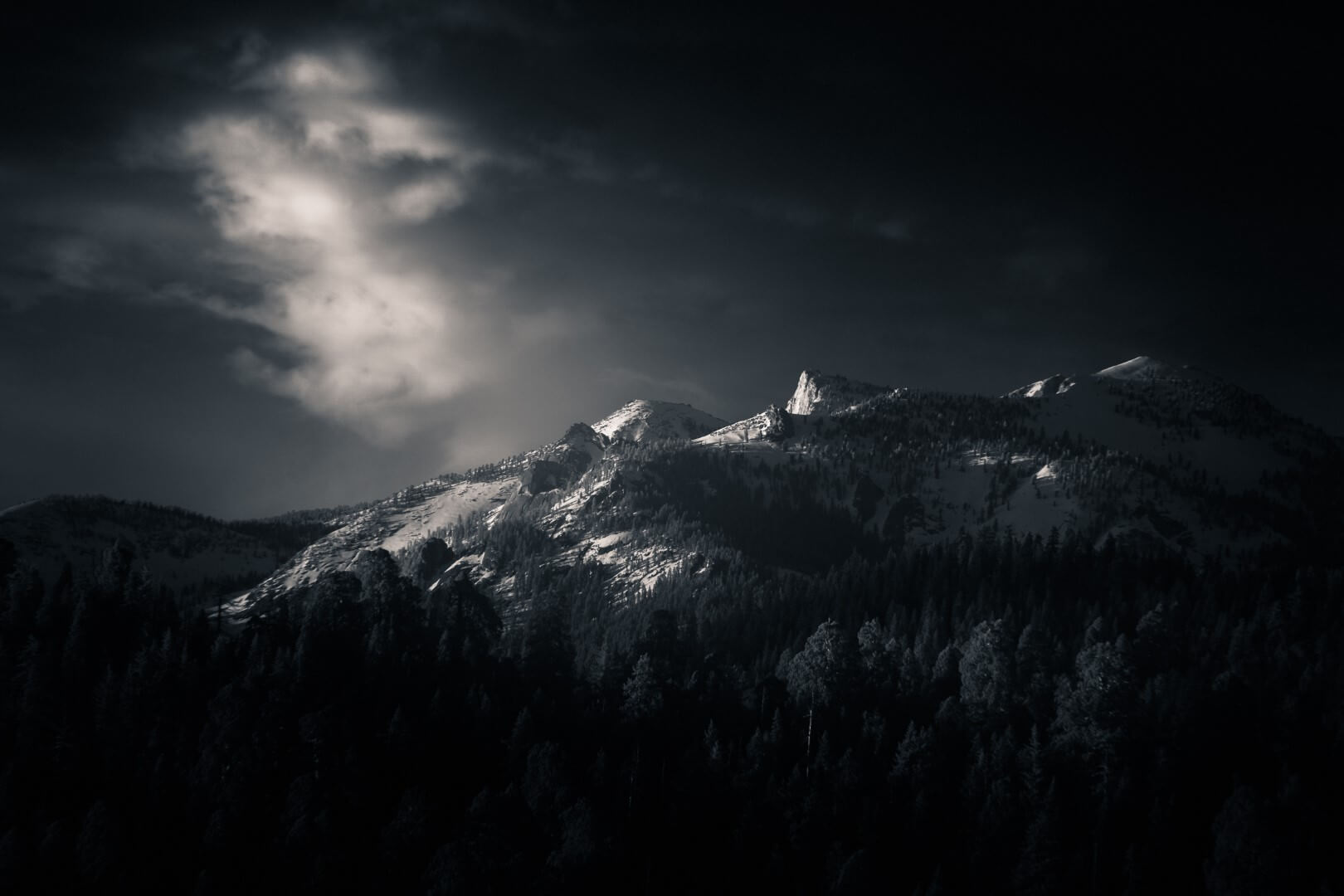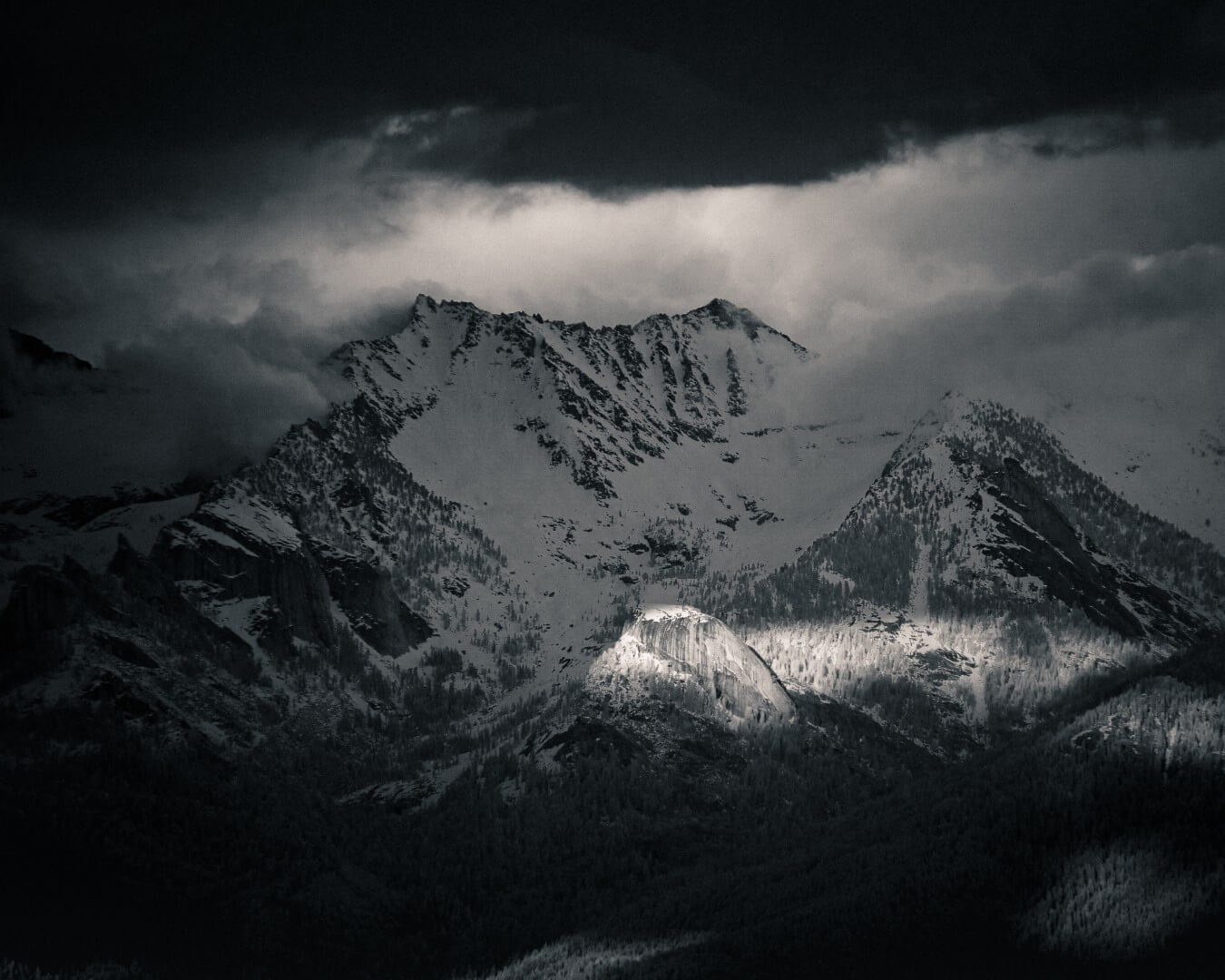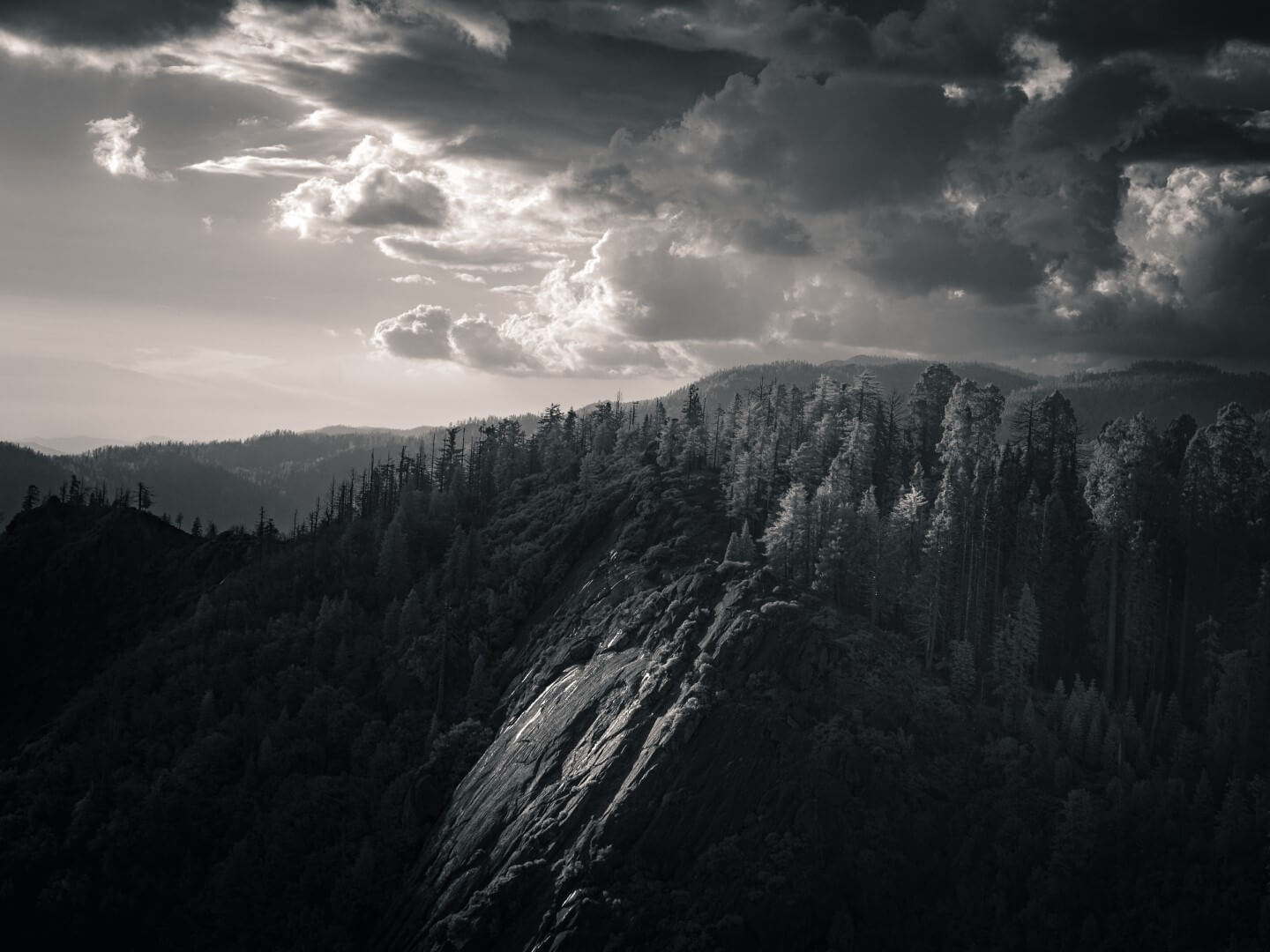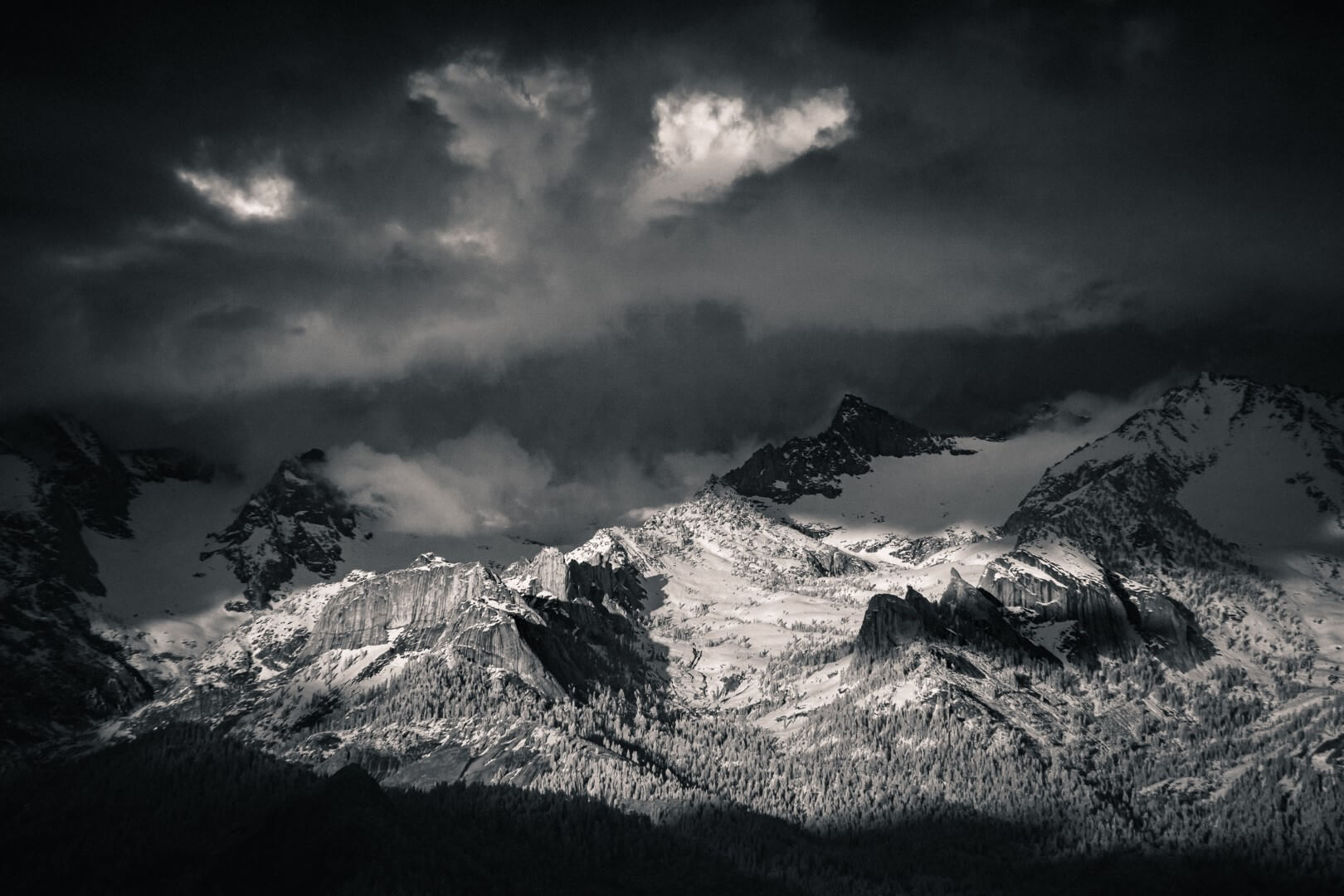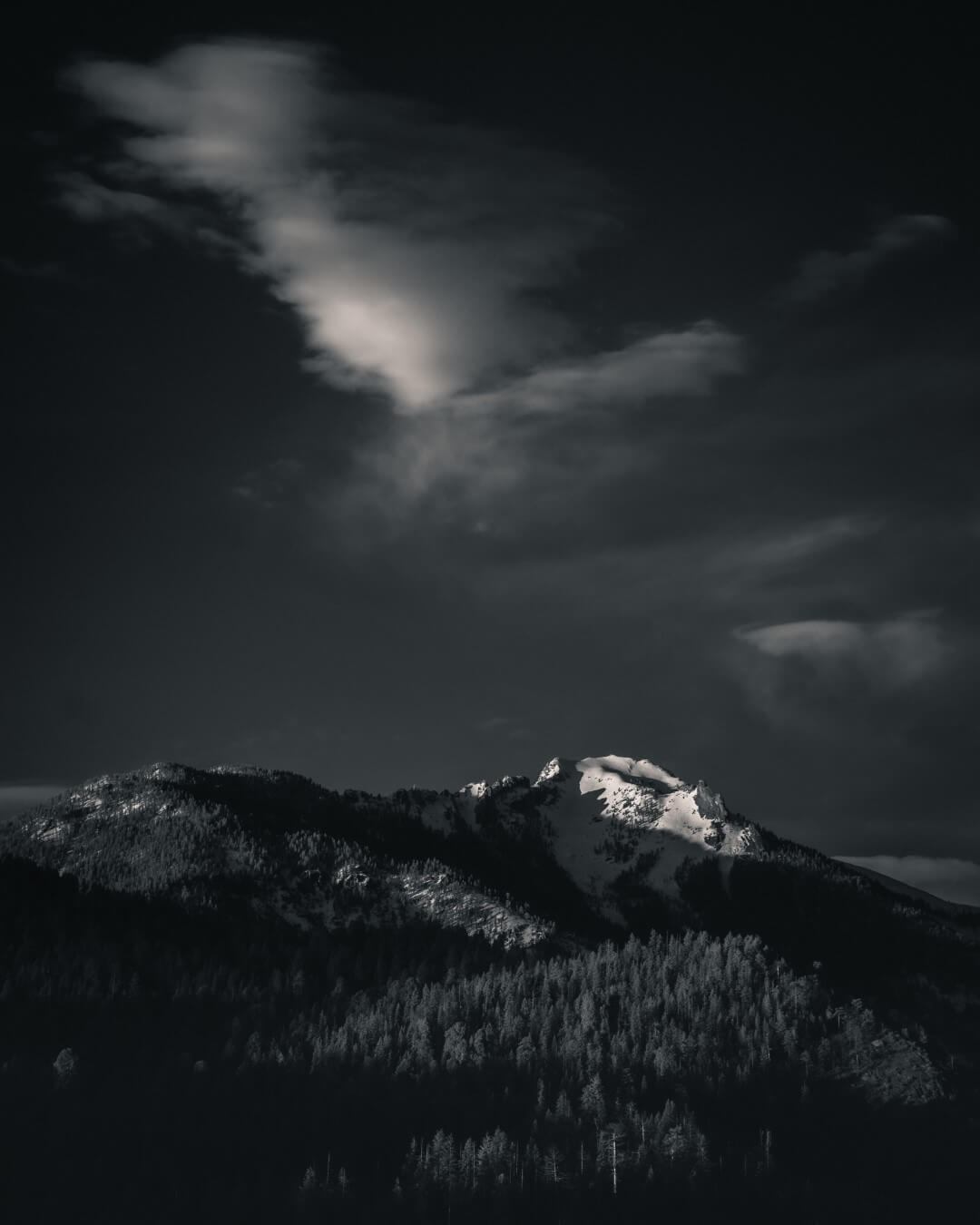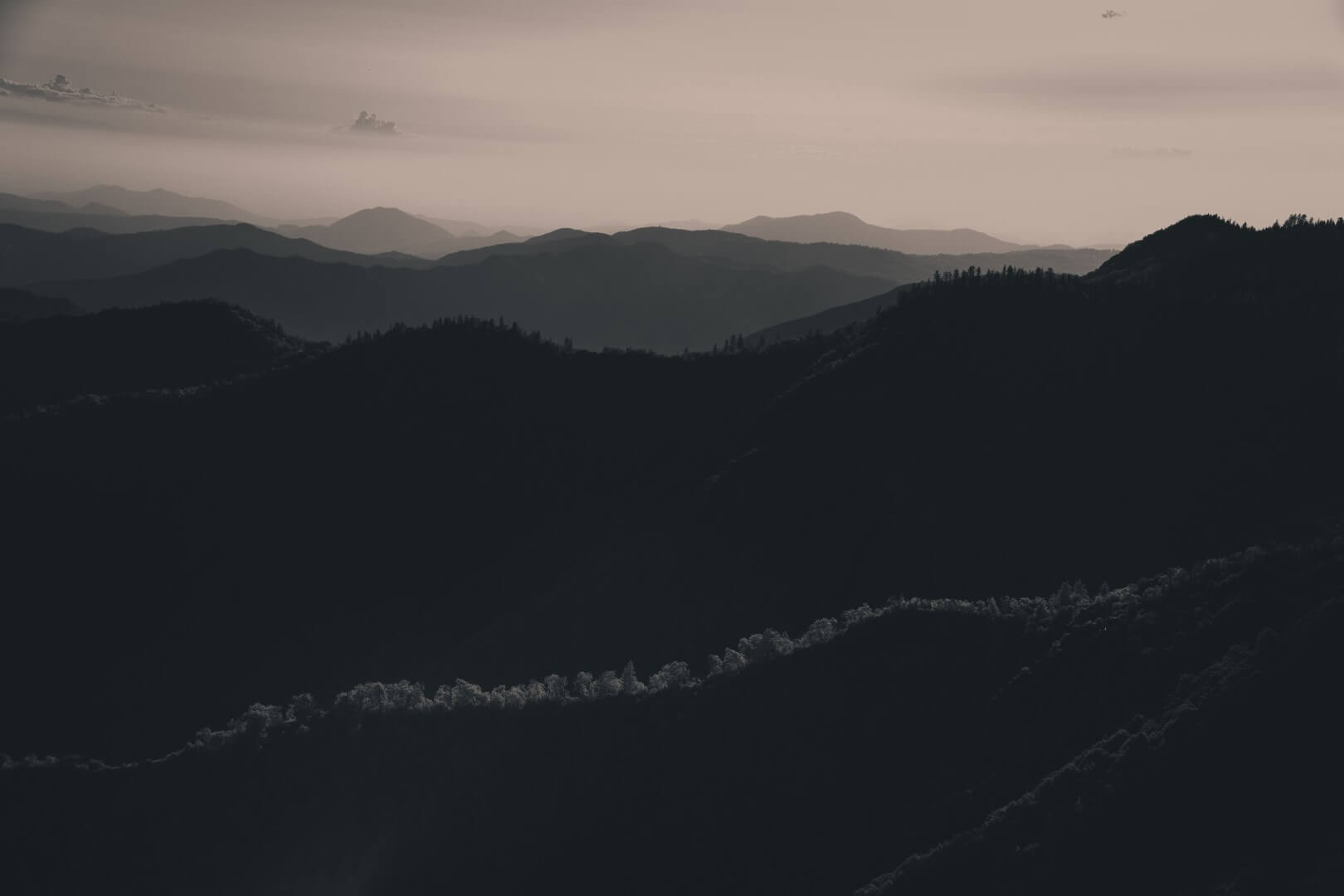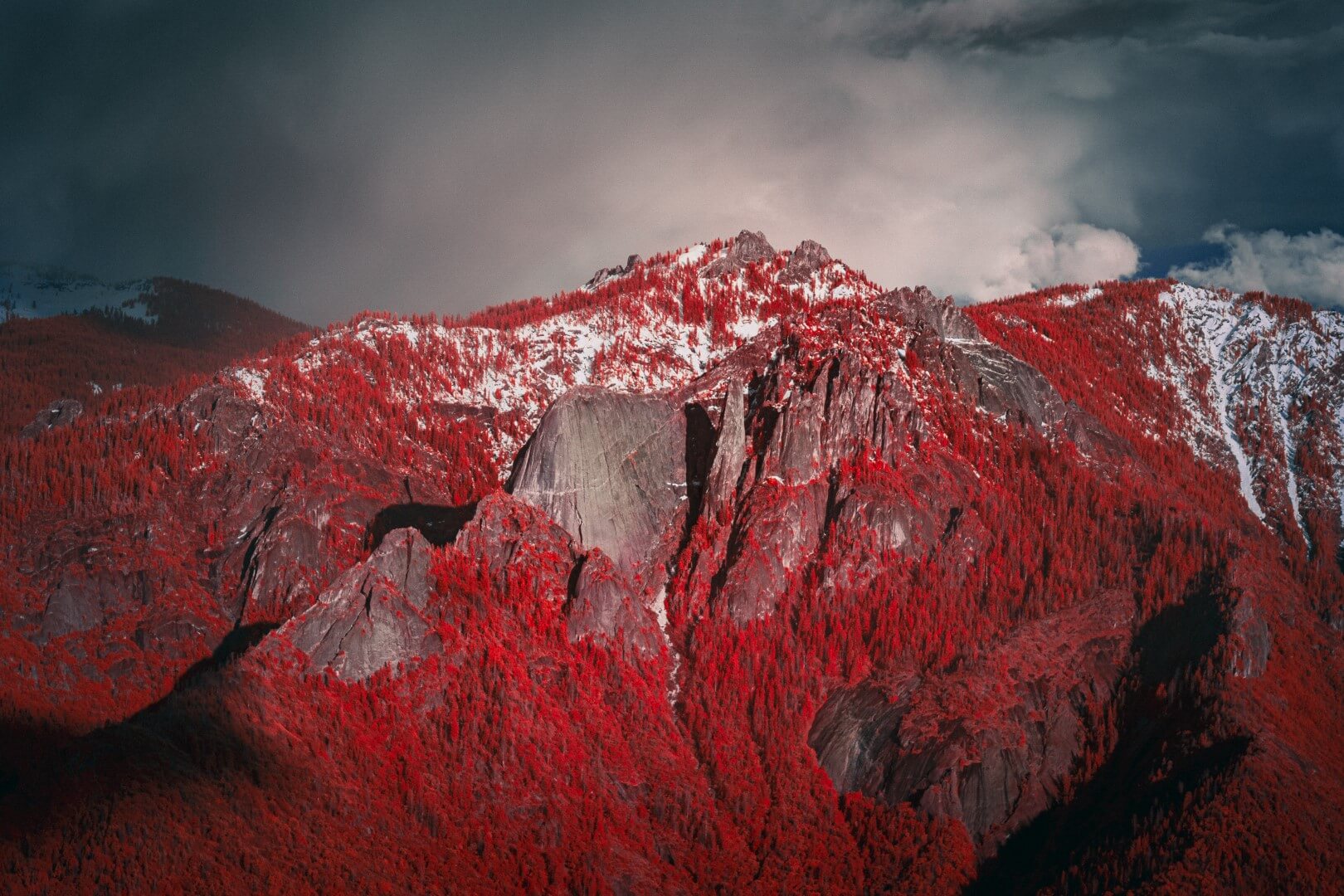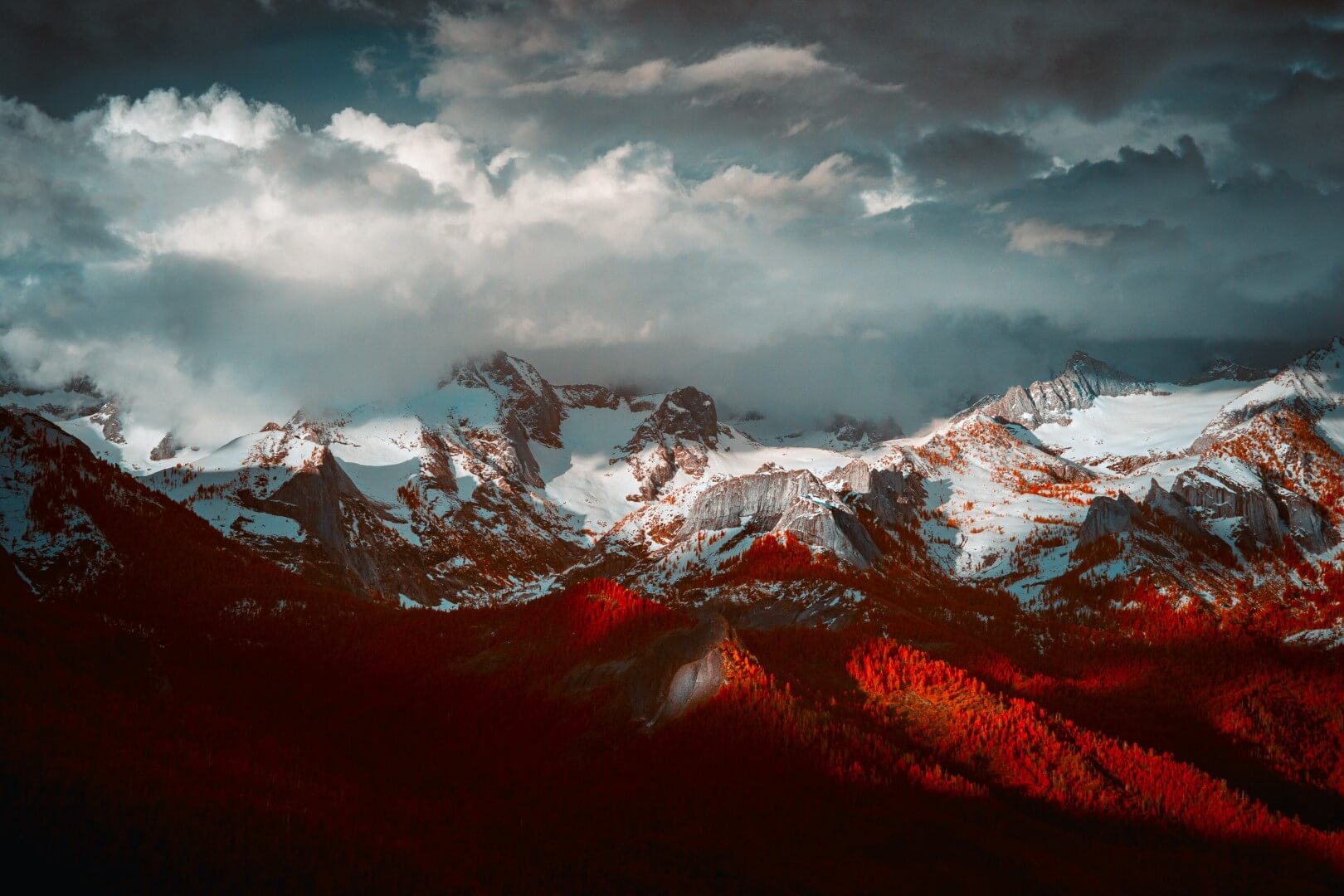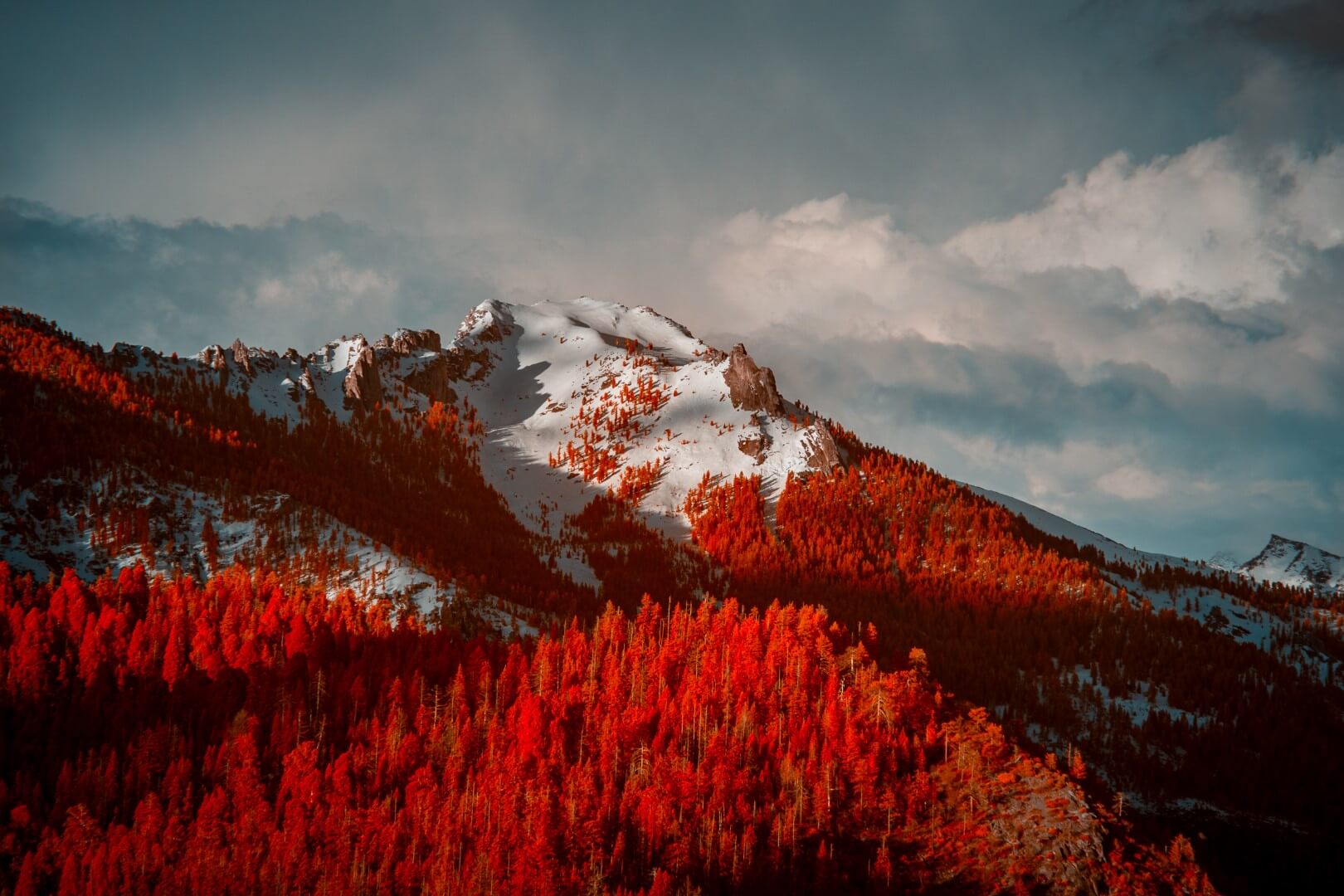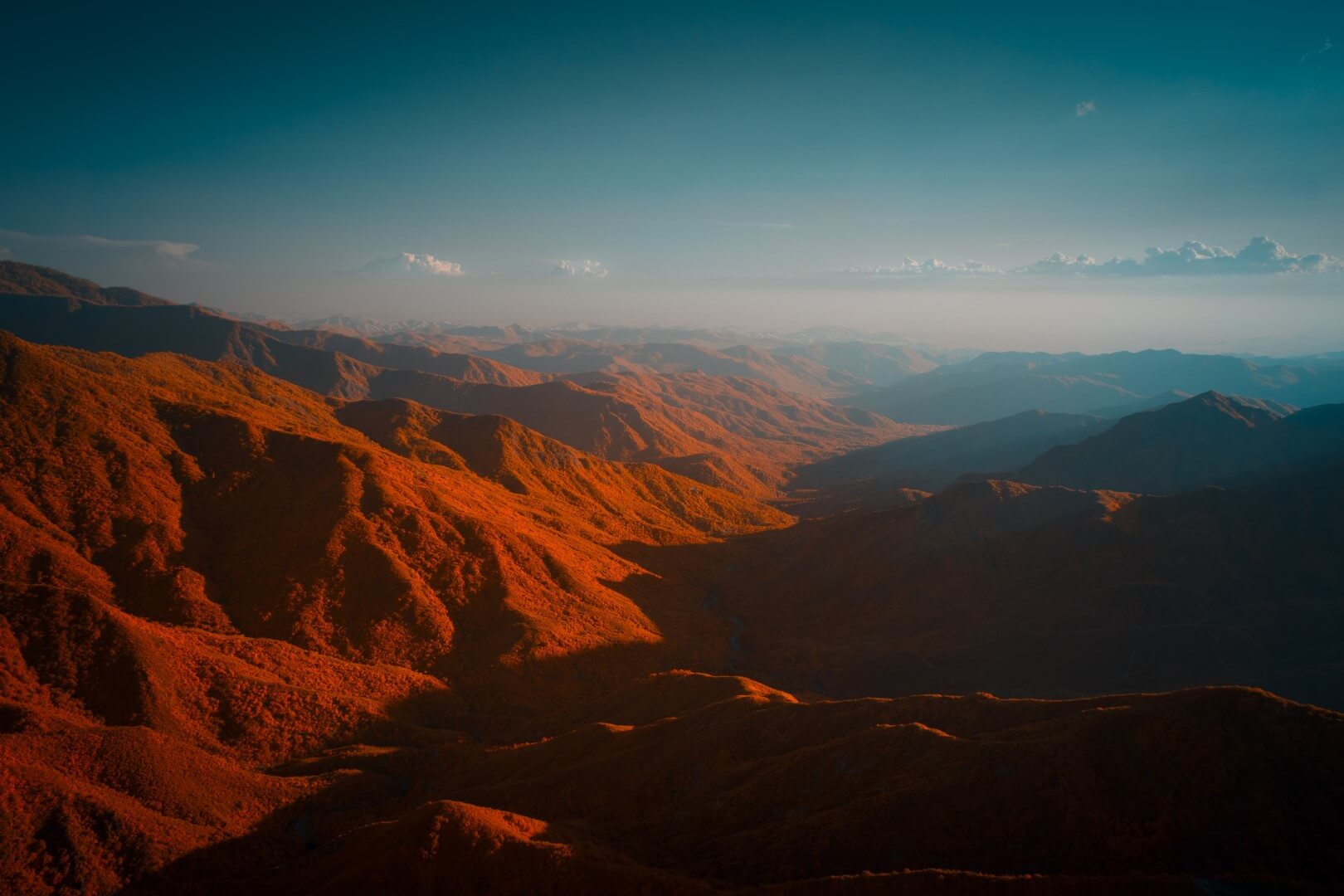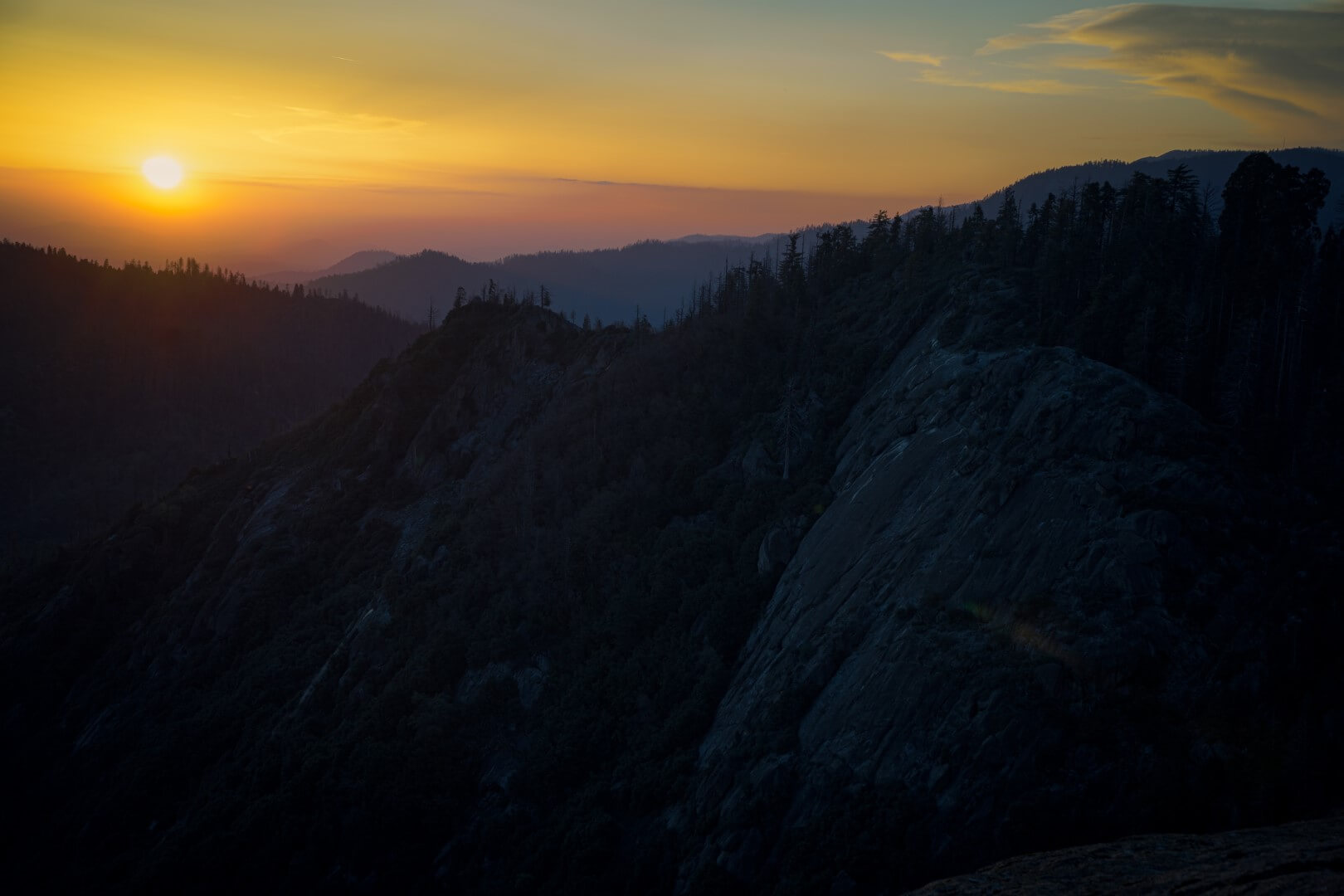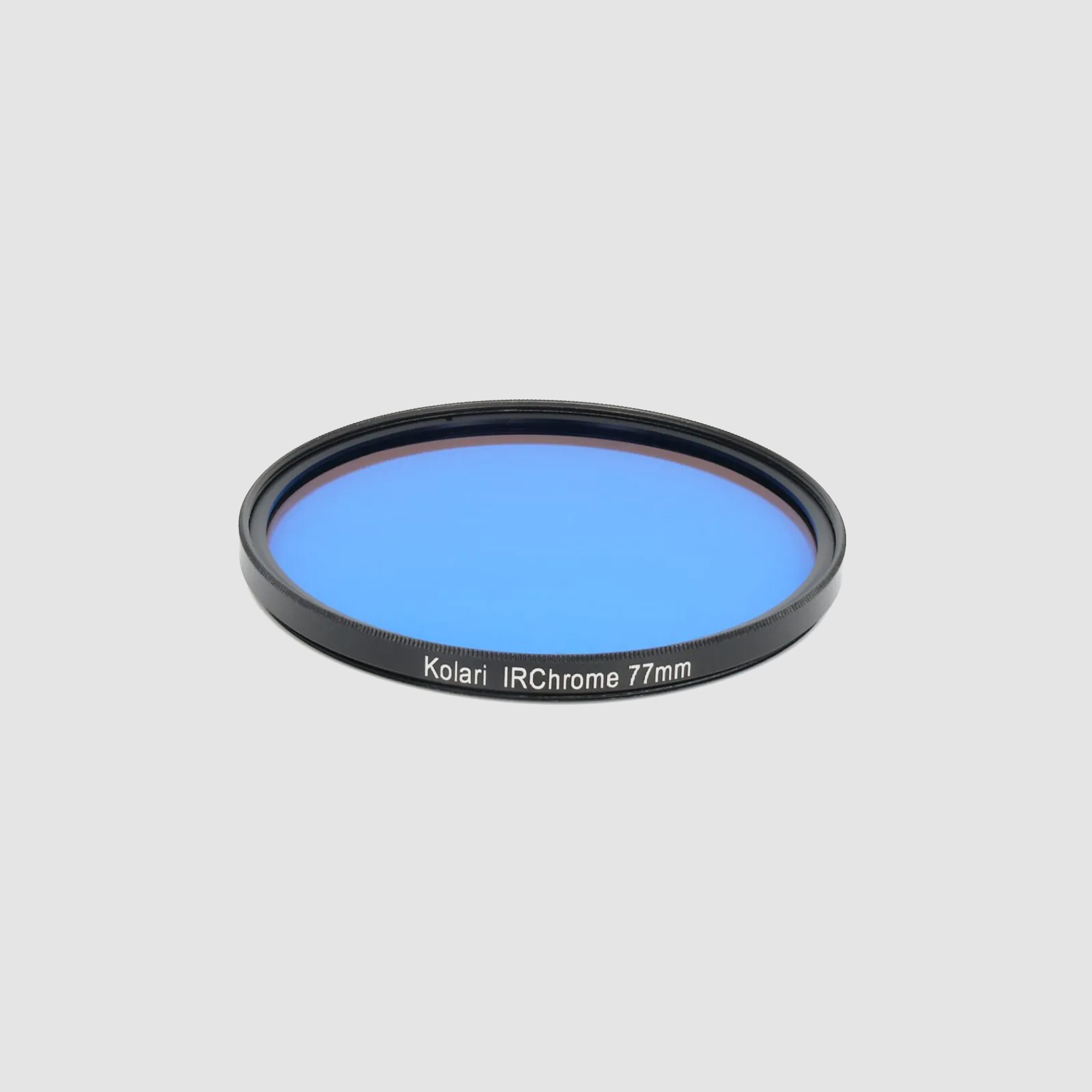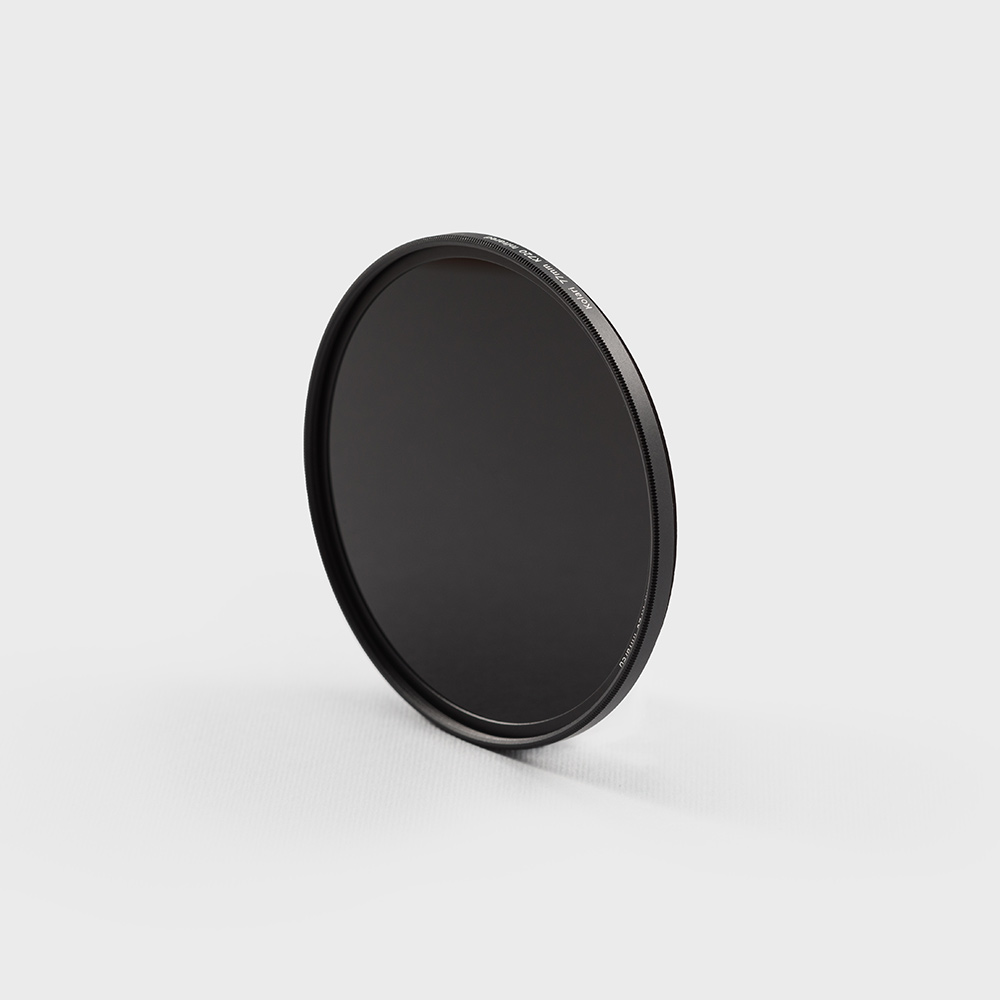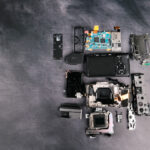Photo Essay: Great Western Divide Sequoia National Park
Author: Jeff Stovall
Almost 20 years ago, I had a set of National Geographic desktop wallpapers on my computer. One of the photos was of an alpine lake surrounded by craggy peaks high in the Sierra Nevada in Kings Canyon National Park. The first time I saw that photo, I had never even heard of Kings Canyon, but it looked like an incredible place to visit and had been on my list of places to see for a long time. I finally had a chance to visit Kings Canyon in 2019, a few months after getting my camera converted for infrared photography.
I had done some research before the trip looking at photos of the park, but surprisingly didn’t find a lot of interesting landscape photography. As is common with many of our national parks, the part of the park easily accessible to the public—that is, from a paved road—is only a tiny fraction of the area designated as a national park. It turns out that the incredible photo I remember from my desktop was captured in a remote part of the high country deep in the wilderness and probably only accessible on a multi-day backpacking journey.
Moro Rock
Knowing that scene was not something I would see on my afternoon drive through the park, I looked for other photo opportunities in the area. I discovered Moro Rock in Sequoia National Park. Sequoia neighbors Kings Canyon to the south, and like its neighbor, the park is about a lot more than the giant Sequoia trees. One of the most scenic and accessible places in the park is Moro Rock—a monolithic granite dome that is prominently visible from the highway into the park.
Moro Rock and the view from on top is a must-see spot in Sequoia, so I was expecting quite a few people to be there for sunset. Fortunately, this place has not become Instagram-famous yet. I only had to wait about 15 minutes to get a parking spot in the small lot at the trailhead. The trail starts out from nearly where the exposed rock begins, so almost immediately you are walking on the rock, or rather, on stairs carved into the rock. The steel handrails are very welcome, and the views are spectacular all the way up, which provides a nice reward every time you pause to catch your breath.
When I reached the top, there were only about 25 people up there with me, and that number rapidly shrank as the sun lowered. With a brisk cold breeze blowing over the rock, it did not take long for all but the photographers and their devoted companions to head back to the car. Boy, did they miss out on watching a spectacular sunset!
I had both my regular color camera and infrared camera. Before the sun got too low on the horizon, I was shooting with the infrared, and the previews of the images looked absolutely incredible. The high peaks were still covered in deep snow, a clearing storm was retreating east over the mountains, and the sun was just about level with my position on the rock, spotlighting the peaks and creating deep shadows in the valleys. From the top of Moro Rock, high above the valley of the Kaweah River, I had stunning views in almost all directions. With the light constantly changing as the sun got lower and the storm clouds moved over the peaks, I was frantically pointing the camera in every direction.
The Great Western Divide
I was especially enchanted by the Great Western Divide, a subrange of the Sierra Nevada that includes some of the most majestic and craggy peaks in all the Sierra. I didn’t realize it at the time, but the view of the Divide includes the higher peaks of the Kaweah Peaks Ridge—comprising eight peaks over 13,000 feet—behind the first ridge. You can get some scale for the size of these mountains when you realize that the granite domes near the snowline in the photo are some 3,000 feet lower than the summits.
Infrared and Aerochrome
Although I was first interested in infrared photography because of the ethereal black and white images that can be created, I have, over time, become more enchanted with color infrared photography, especially the Aerochrome look. Color infrared films were initially developed for camouflage detection and were later employed for remote sensing applications with aerial photography. Depending on the lens filter used (Kodak recommended a deep yellow, Wratten No. 12, to block all blue light), Aerochrome film produces cyan to deep blue skies with white clouds. It renders vegetation in various shades of red, pink, and purple.
While I think most people associate the ”Aerochrome look” with deep red vegetation and cyan-blue skies, the film actually produced very different results depending on the lighting and filters used. Similarly, the images produced with an infrared camera change drastically with the type of filter used to block out visible light. And because so much of the light captured is invisible to our eyes, infrared photography opened the door to a whole new dimension of creative photography for me.
When I am processing images captured with my regular camera, I feel that I need to present images that depict the scene as I experienced it. But with infrared photography, the constraints of showing a real scene that someone visiting the same place might expect to see with their own eyes are entirely eliminated. I have complete artistic freedom to interpret the raw data captured by the camera however I envision it. While I am still drawn to black and white with my infrared images, I enjoy exploring creative interpretations of color and light in these images as well.
Visible Light
On Moro Rock, when the sun was low enough that a high ridge blocked the direct light from the high peaks, I took a break from shooting infrared and realized that almost none of the other photographers up there had taken any photos. They congregated on the rock’s western side, waiting for the sunset. Even without an infrared camera, the light on the Great Western Divide would have produced some stunning black and white images, but the Instagram crowd was not interested. As the sun dropped lower, the hazy western skies were glowing orange and yellow, and I did capture a few nice color images. But they don’t compare to the stunning infrared shots I got while all the other photographers were up there having a social hour.
Essay originally published on Jeff’s blog.
